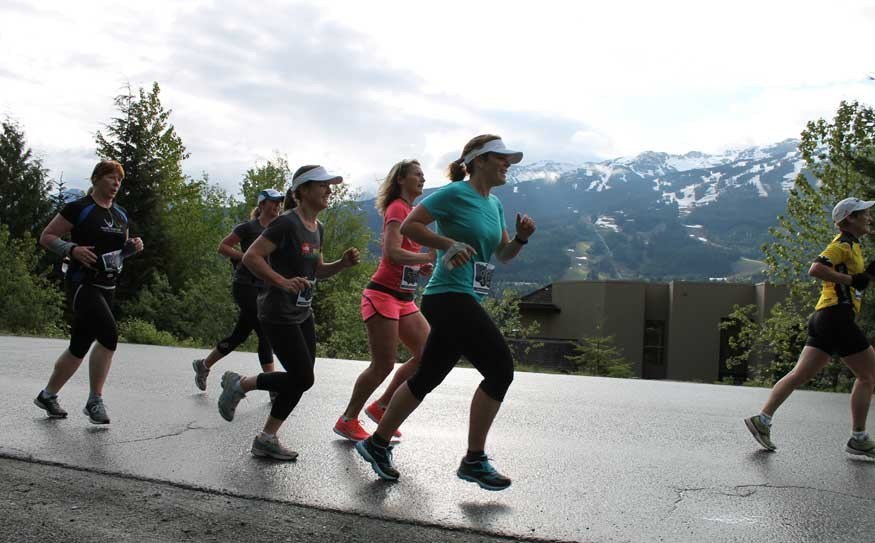On Tuesday, the organizers of The North Face Whistler Half Marathon confirmed what some runners have suspected since race day: the race was actually significantly shorter than the official half marathon distance 21.097 kilometres.
According to race director Dave Clark, the race was short by exactly 1,233.5 metres.
"We had a number of people on race day saying, 'I got a personal best today, hey!' and they were ecstatic but there was something fishy going on," said Clark. "Luckily BC Athletics was there so that spurred us on to take a close look at the results and jump on it right away."
"It's different when one elite athlete does it (posts a personal best), but when the top four or five athletes are posting faster than normal times it's a sign something is going on."
Clark said he was disappointed to learn of the error. In the first year they used a variety of different systems to estimate the length of the course, but in the interest of making the event more professional for 2012 they hired a professional course certification company through BC Athletics to verify this year's course.
That certification company erred when calibrating their instruments, resulting in the discrepancy.
"What happened is that the calibration course in Squamish is actually wrong," said Clark. "In the Paradise Valley they have a 300 metre course that they use to calibrate their (bicycle) wheel to... That road was repaved and the course of repaving one of the course markers that should not have been moved was actually moved by 2.5 metres without their knowledge. So for every 300 metres... it was 17.5 metres short."
There are other ways to measure courses such as GPS, but the bicycle wheel and gauge system is considered to be the most accurate and is used for events as high profile as the Olympics. There can be some variation in tire size as a result of air temperature, air pressure, the weight of the rider and other factors, but you can compensate to a degree and the margin of error is small.
Clark said they came into this year's event believing that the 2011 course was too long when the map was redrawn for this year, when it was likely on the short side as well.
Because the race is not part of any points series there are no implications to the revelation about the course. As well, Clark said he's spoken with many of the elite athletes that participated and they're not upset at all.
"What I'm hearing from them is that the race is the race, they're racing the other runners beside them regardless of whether they're going 21.1km or 20.5km or 10km," said Clark. "In terms of prize money, if it were a really close race there might be an argument (for throwing out the results), but all of the runners knew their placement coming in."
Clark said he would work with BC Athletics to fix the issue and will get an accurate course measurement over the coming months for the 2013 edition of the event.
The race itself has followed a hilly mix of neighbourhood roads and Valley Trail segments for the past two years, with most of the variation having to do with the location of the turnaround point on the Valley Trail to Rainbow Park.




